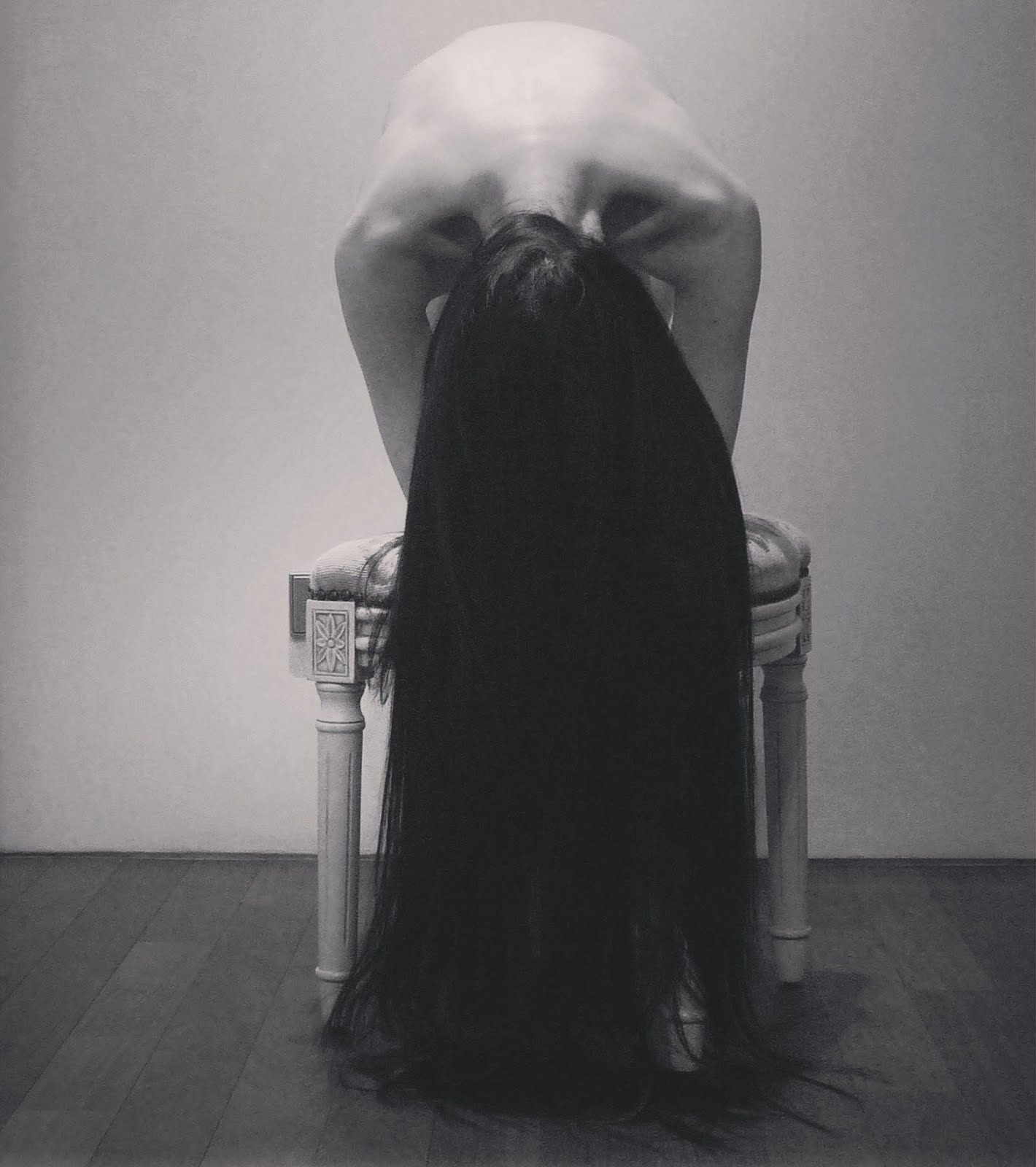 北宋汝窯青瓷蓮花式溫碗 台灣國立故宮博物院館藏
北宋汝窯青瓷蓮花式溫碗 台灣國立故宮博物院館藏Chinese celadon Ru ware, Northern Song Dynasty. National Palace Museum, Taipei, Taiwan.
 Kirsty Martin of Australian Ballet, photographed by Tim Richardson.
Kirsty Martin of Australian Ballet, photographed by Tim Richardson. Kirsty Martin of Australian Ballet, photographed by Tim Richardson.
Kirsty Martin of Australian Ballet, photographed by Tim Richardson. 北宋汝窯青瓷無紋水仙盆 台灣國立故宮博物院館藏
北宋汝窯青瓷無紋水仙盆 台灣國立故宮博物院館藏Chinese celadon Ru ware, Northern Song Dynasty. National Palace Museum, Taipei, Taiwan.
 Kirsty Martin of Australian Ballet, photographed by Tim Richardson.
Kirsty Martin of Australian Ballet, photographed by Tim Richardson. Stephanie Williams and Rudy Hawkes of Australian Ballet, photographed by Tim Richardson.
Stephanie Williams and Rudy Hawkes of Australian Ballet, photographed by Tim Richardson. 北宋汝窯青瓷之蟹型冰裂紋 台灣國立故宮博物院館藏
北宋汝窯青瓷之蟹型冰裂紋 台灣國立故宮博物院館藏Details of celadon "crazing" on Ru ware, Chinese porcelain of Northern Song Dynasty. National Palace Museum, Taipei, Taiwan.
 Ty King-Wall of Australian Ballet, photographed by Tim Richardson.
Ty King-Wall of Australian Ballet, photographed by Tim Richardson. Ty King-Wall of Australian Ballet, photographed by Tim Richardson.
Ty King-Wall of Australian Ballet, photographed by Tim Richardson. Stephanie Williams of Australian Ballet, photographed by Tim Richardson.
Stephanie Williams of Australian Ballet, photographed by Tim Richardson. 宋瓷官窯花瓶 Song Guan ware. Percival David Foundation of Chinese Art, School of Oriental and African Studies, University of London.
宋瓷官窯花瓶 Song Guan ware. Percival David Foundation of Chinese Art, School of Oriental and African Studies, University of London. Kirsty Martin of Australian Ballet, photographed by Tim Richardson.
Kirsty Martin of Australian Ballet, photographed by Tim Richardson. Kirsty Martin of Australian Ballet, photographed by Tim Richardson.
Kirsty Martin of Australian Ballet, photographed by Tim Richardson.










+by+Milan+Kosanovic.jpg)
+by+Ralph+L.+Shook.jpg)
+(10x)+by+Margaret+Oechsli.jpg)
+crystals+(125x)+by+James+Bell.jpg)
+by+Gary+Wayne+Cox.jpg)


+by+David+Gnizak.jpg)




